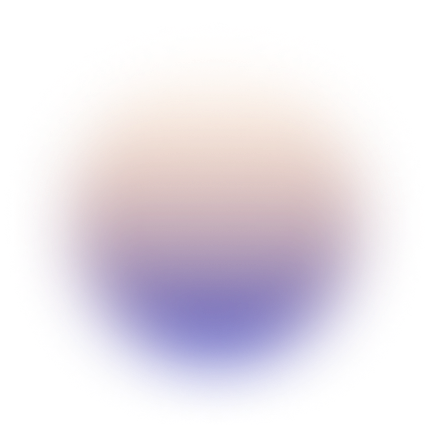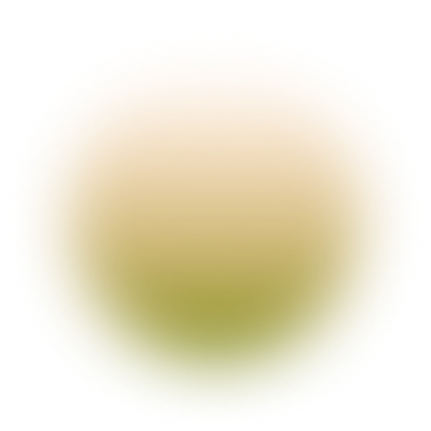Nature contains potential treatments for many of the world’s diseases, but for too long it has remained out of reach to drug hunters. Enveda is changing the status quo, with a platform that can analyze any natural sample and answer two questions: 1) “What are the molecules?”, and 2) “What do they do?” faster and cheaper than ever before possible.
Our Platform

with a searchable library of plant molecules (the majority of which have never been studied by science before)

with AI that knows the language of chemistry and speeds analysis from one molecule at a time to 10,000 at a time

with a fully automated lab that can screen these molecules and determine their therapeutic properties at high-throughput

Modern science has only been able to study about 0.1% of nature’s chemistry, and yet many of the world’s greatest pharmaceutical breakthroughs have been derived from that tiny sample. Half of all medicines taken in pill form come from this research. These medicines relieve pain, combat malaria, treat diabetes, and fight cancer, just to name a few.
At Enveda, we’ve realized that to learn from life, you need to organize it. So we built the world’s largest library of natural samples—and made their chemistry searchable.
In the vast expanse of the natural world, volumes of knowledge await discovery. A tomato contains thousands of molecules, and yet science has only identified roughly 25%—despite it being one of the most studied plants in the world.
At Enveda, we’ve realized that to learn from life’s chemistry, you need to organize it. So we built the world’s largest library of plant-derived molecules—and made it searchable. First, we created a database of what’s currently known to science: 38,000 plants linked to 12,000 human diseases and symptoms. Second, we sourced plants with the highest likelihood of therapeutic potential from this database. Third, we combined cutting edge mass spectrometry with machine learning algorithms to catalog all of the molecules in these plants.
Our team is working to catalog these findings and explore new avenues, testing more plants and better methods at the same time. The result is a library of life—one in which each data point tells a story of potential and promise. Far more than a collection of raw data, this repository is a dynamic, computable catalog of new and existing knowledge—one in which each chemical structure tells a story of potential and promise.
By teaching AI the language of chemistry, we’ve sped up analysis from one molecule at a time to 10,000 at a time. This makes determining the chemical structure of molecules—vital information to any drug hunter—faster and more affordable than ever before.
To find new medicines in nature, scientists used to have to isolate and study the molecules of a medicinal plant one a time. Not at Enveda. By teaching AI the language of chemistry, we’ve enabled the successful analysis of thousands of molecules at a time.
Using mass spectrometry, combined with our proprietary large language models, we’ve made it feasible, fast, and affordable to determine the chemical structure of plant molecules which is vital information to any drug hunter. Whereas highly-expensive experiments like NMR analysis can take weeks to determine the chemical structure of a single molecule, our technology can make a prediction in half a second.
We can now rapidly forecast the structure of previously unknown natural molecules with precision. Enveda’s AI unlocks the door to a new era of discovery, where modern challenges are solved using nature’s ancient wisdom.
The most cutting-edge AI applications are often driven by foundation models, vast neural networks that are trained on huge corpuses of raw data, then fine-tuned for specific applications.
PRISM is Enveda’s foundation model for natural chemistry—it’s what our AI translations are built on. Similar to how generative AI learns from “reading” vast amounts of written content, PRISM has been taught by chemistry: over a billion small molecule mass spectra, in fact—the largest training set ever assembled by over an order of magnitude – enabled by Enveda’s automated laboratory.
For each of the billions of mass spectra, PRISM “sees” part of the spectrum and “fills in the blank” by guessing the identity of the missing parts—effectively reconstructing masked data. This exercise forces PRISM to learn the patterns inherent in small molecule mass spectra, and, by extension, better translations to the structures of natural molecules.
Read moreAt Enveda, we believe a healthier future lies in the 99.9% of nature we have yet to explore—but now can. It’s time to see what the unseen world has to teach us.
By matching our unique translated chemistry to the toughest biological challenges underlying our target diseases, we discover new solutions – medicines that have the potential to deliver better safety, efficacy, or convenience.
Learning from the library of life. Our groundbreaking technologies have allowed us to sort millions of plant molecules in record time, compile our findings into one centralized library, and navigate volumes of chemical structures and biological activities with ease. Nature’s previously-hidden molecules are becoming visible and viable for the first time.
With our platform, we’re building a chemical sequencer for life. With the ability to rapidly multiply humanity’s knowledge of the chemistry of the natural world and solve many of the greatest challenges in human and planetary health, we can not only accelerate new treatments for millions of patients, but also one day bring this technology to bear in diverse fields like diagnostics, agriculture, nutrition, manufacturing, and more.
Together, we can rapidly multiply humanity’s knowledge of the natural
world’s chemistry and solve many of the greatest challenges in human
and planetary health. We’d love your support.